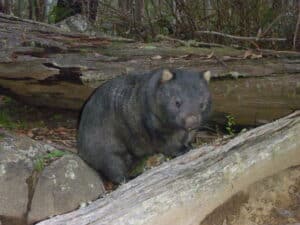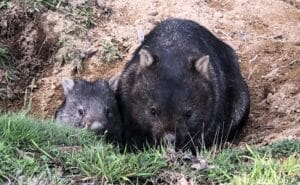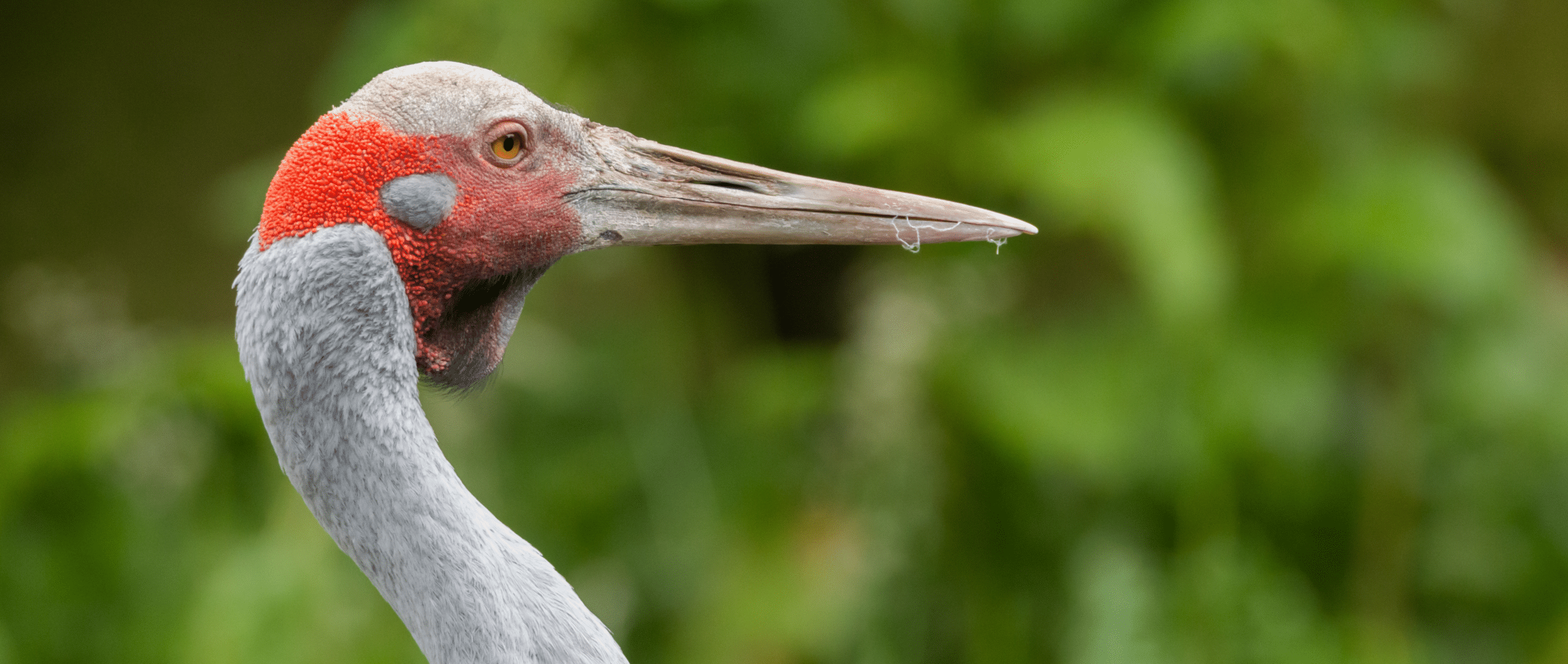SYDNEY (January 14, 2026)— Humane World for Animals Australia (previously known as Humane Society International Australia) is proud to have secured protection for two Murray Darling Basin wetland ecosystems under Australia’s new nature laws announced by Federal Environment Minister Murray Watt today. The Lower Murray, including the Coorong at the river mouth, and the Macquarie Marshes have both been listed as Critically Endangered “Threatened...
When Ray and Marie Wynan of Wildlife Land Trust sanctuary Edala last saw Mary the bare-nosed wombat, who they had known and loved for more than 20 years, there were signs that had them worried. She was looking skinny and exhausted with a joey at foot who was too young to look after himself just yet. Not at all her usual large and in charge self. They knew that over the next few days they’d need to keep a close eye on the duo.
Mary was one of the first animal personalities I got to know through Humane Society International Australia, with Ray and Marie sending a series of photos introducing Mary in 2012, saying “Our two sons befriended and named Mary back in 2004, she is the dominant female of the forest and has had numerous joeys. I came across her path today and we had a little chat, she sat down on the rock and posed for my camera.”

Such obvious star power needed a stage, and Mary was quickly featured in both our Australian and the American Humane Society Wildlife Land Trust’s newsletters, and Ray and Marie have been keeping us up to speed with her heart-warming antics since.
But those updates will sadly be no more. Just days after last spotting her, Ray and Marie’s worst fears were confirmed when they found Mary’s body in the state forest she had called home for decades. Her joey was nowhere to be seen at first, but after a long search was found and brought into care at Ray and Marie’s wombat sanctuary.
His dark colouring was unmistakably the result of a matchup between Mary and a rehabilitated wombat named Benny. And so little Benji is fittingly being looked after by the only people that his mum ever trusted, and the people who raised his dad.

While Benji was her last joey, Mary was already a mum when the Wynan’s met her back in 2004, indicating that she was already an adult and at least three years old. But she was likely even older, with Ray and Marie’s experienced opinions putting her at around five at the time, giving her at a birth year of 1999 and a beautiful 25-year wombat life.
Mary lived a life that wouldn’t have been too out of the ordinary for a wombat a few hundred years ago but is undeniably special today. She never had mange, avoided getting shot, and didn’t meet the terrible road strike fate so many wombats sadly do.
When other wombats sought supplementary feed after fires and floods Mary didn’t need it. An independent woman who thrived for all her years. She was an excellent mother to her many joeys, teaching them the ways of the world in her burrow complex and taking them to different areas to seek their own futures. Finding suitable release sites is a problem many wildlife rehabilitators face, but to Mary it came naturally.
Most of all she loved to spend time in the sun with her belly in the water, munching on reeds in ‘Jarake Lake’ on Marie and Ray’s WLT sanctuary bordering Glenbog State Forest.
So here’s to Mary. The wombat that showed us what it looks like to live wombat life to the fullest, a privilege sadly rare with the threats they face today. A life to be celebrated.
And here’s to Ray and Marie for watching over her (not that an independent woman like Mary ever needed it!) and all of her wombat friends and family in Glenbog State Forest. It’s only through caring people like them that we ever had the chance to know her, and that many wombats like Benji born from rescued and rehabilitated parents exist at all.


